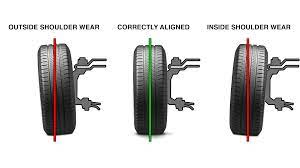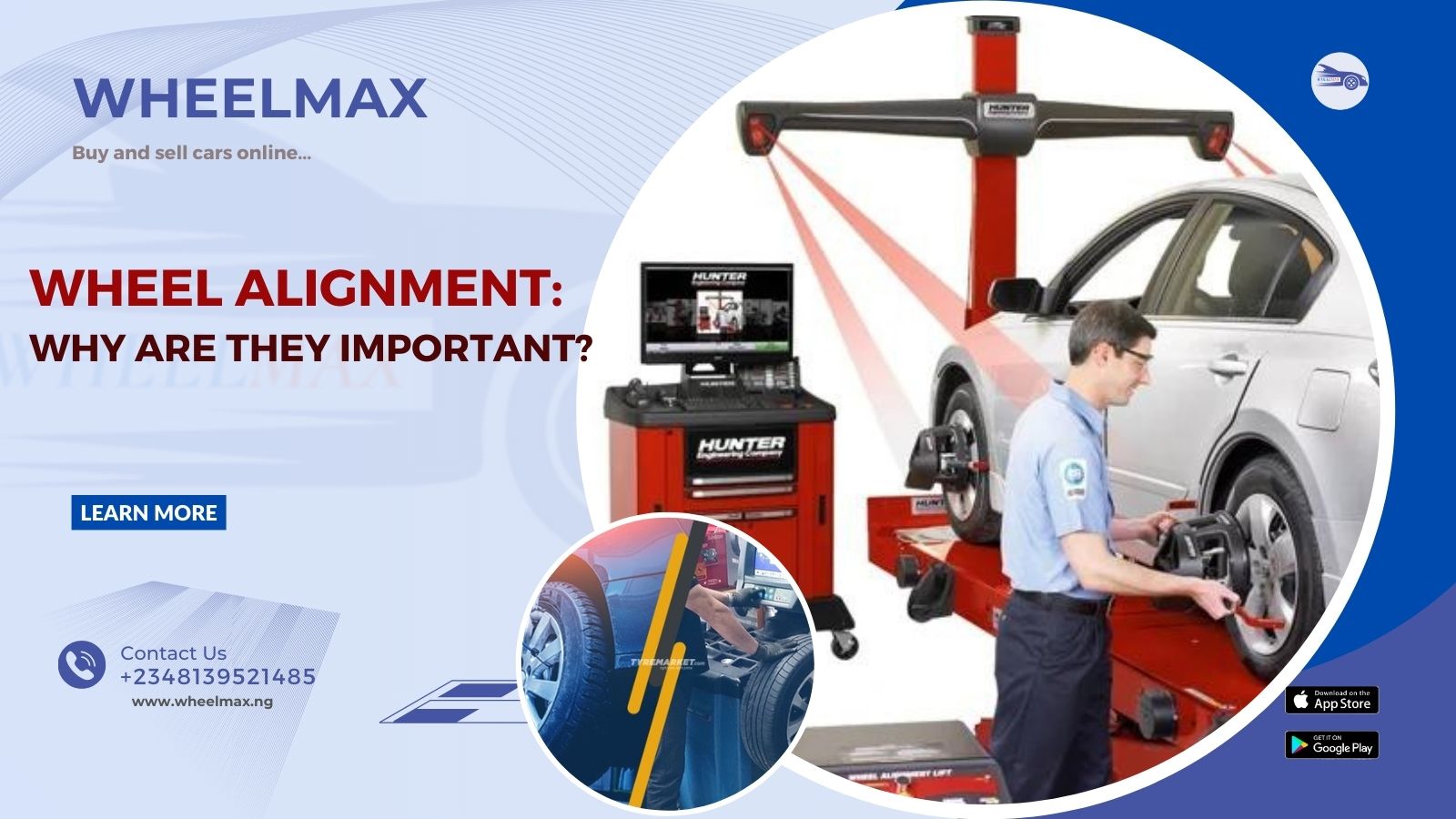Wheel alignment: Steering Off Course? Warning Signs Your Car Needs a Wheel Alignment
Imagine cruising down the highway, hands relaxed on the wheel when your car suddenly veers off course. This isn't a scene from a movie – it could be a sign your car needs a wheel alignment.
A wheel alignment ensures your tires are angled correctly, all pointing in the same direction. Proper alignment is crucial for safe driving and optimal car performance. But how do you know when yours is out of whack? Here are some warning signs to watch out for:
- The Pull: This is a classic symptom. If your car constantly pulls to one side while driving straight with your hands off the wheel, it's likely a misalignment issue. Don't fight the pull by constantly steering in the opposite direction – this can be tiring and unsafe.
- Off-Center Steering Wheel: Even when driving straight, is your steering wheel noticeably crooked? This is a strong indicator that your wheels are misaligned. A properly aligned car should allow you to drive in a straight line with the wheel perfectly centered.
- Uneven Tire Wear: Misaligned wheels put uneven pressure on your tires, causing them to wear down prematurely on one side or the other. Regular tire inspections are important, but uneven wear can be a telltale sign of alignment problems.
- Shaking or Vibrating Steering Wheel: Feeling a vibration or shaking in the steering wheel at higher speeds can be caused by a wheel alignment issue. This can be uncomfortable and make it difficult to maintain control of the vehicle.
- Reduced Fuel Efficiency: Believe it or not, misaligned wheels can affect your gas mileage. When your tires aren't rolling smoothly, it takes more effort for your engine to propel the car forward, leading to decreased fuel efficiency.

Don't Ignore the Signs: Benefits of a Wheel Alignment
Ignoring these warning signs can lead to more significant problems down the road such as:
- Premature Tire Wear: Misalignment significantly shortens tire life, requiring more frequent replacements – not a budget-friendly outcome.
- Safety Concerns: Improper alignment can affect handling and stability, especially during emergency maneuvers or on slippery roads.
- Increased Suspension Wear: Misaligned wheels put extra stress on suspension components, leading to potential damage and costly repairs.
Getting a wheel alignment is a relatively inexpensive preventative measure compared to the potential consequences of neglecting it. It can also improve your car's handling, fuel efficiency, and overall driving experience.

When to Schedule an Alignment
There's no single answer to this, but generally, it's recommended to get your car aligned:
- Every 6,000 to 10,000 miles: This is a good rule of thumb for routine maintenance.
- After hitting a pothole or curb: These impacts can knock your wheels out of alignment.
- If you notice any of the warning signs mentioned above.
Keeping Your Car on the Straight and Narrow
By being mindful of these warning signs and scheduling regular wheel alignments, you can ensure your car stays on course, saving you money on repairs and tires while keeping your drives safe and enjoyable.
